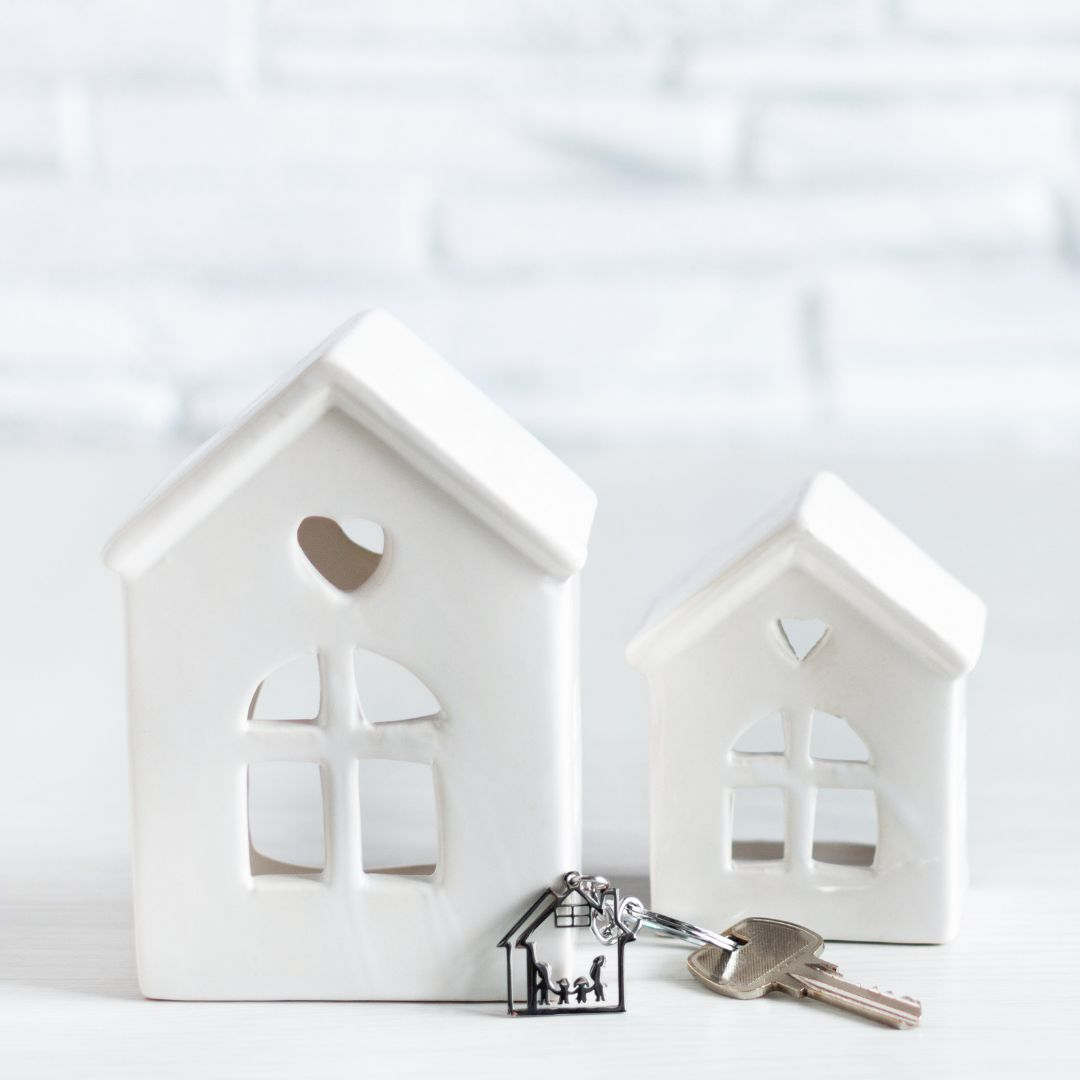Over the past decade, the South African real estate market has undergone significant shifts influenced by economic fluctuations, urbanization, and changing lifestyle preferences. One notable trend that has garnered attention is the apparent decrease in the average size of homes across the country. But is this trend widespread, and what are the factors driving it?
The Trend Toward Smaller Homes
Recent reports and market analyses suggest that South African homes are indeed trending smaller, especially within urban centers like Johannesburg, Cape Town, and Durban. According to a 2023 report from Lightstone Property, the average size of newly built apartments and houses in major cities has decreased by approximately 10-15% over the last five years.
This shift is primarily driven by:
Rising Property Costs: As property prices soar, many buyers opt for more affordable, smaller units, especially first-time homeowners. Source: Lightstone Property Market Reports
Urbanization: The rapid growth of urban populations puts pressure on land availability, leading developers to maximize the use of limited space by building smaller units. Source: StatsSA Urbanization Data
Economic Factors: Fluctuations in the economy and income levels influence demand for more affordable housing options.
Lifestyle Changes: Increased acceptance of compact living, especially among young professionals and small families, has made smaller homes more desirable.
Cost of Building a Home in South Africa in 2025
Understanding the cost of construction provides further insight into the trend. According to Ooba, the average building costs per square meter vary significantly across provinces in South Africa in 2025:
Province Cost per m² (R)
Western Cape R14,800
Eastern Cape R12,300
Gauteng R15,000
KwaZulu-Natal R16,700
Free State R12,700
Northern Cape R11,800
Mpumalanga R10,400
Limpopo R9,600
North West R9,100
Source: Ooba, 2025 Building Cost Data — Ooba Home Loan Insights
For example:
Building in Gauteng or KwaZulu-Natal costs around R15,000 to R16,700 per square meter.
In Limpopo or North West, costs are lower at approximately R9,100 to R9,600 per square meter.
This regional variation influences the size and affordability of homes. A 100m² home in Gauteng might cost around R1.5 million to build, whereas in Limpopo, the same size could cost approximately R960,000, making smaller homes more feasible in less expensive regions.
Regional Variations and Market Implications
While urban centers tend to favor smaller, cost-effective homes due to high land prices and demand, rural and less-developed regions often feature larger properties. Nonetheless, the overall trend toward compact, affordable living spaces is evident across most city markets.
What Does the Future Hold?
With ongoing urbanization, economic uncertainties, and changing lifestyles, the trend toward smaller homes is expected to continue. Developers are increasingly focusing on innovative, space-efficient designs that maximize functionality within limited footprints.
South African homes are indeed getting smaller, driven by economic factors, rising construction costs, and shifting lifestyle preferences. The significant variation in building costs across provinces reflects regional differences in affordability and development patterns. Staying informed about these trends can help prospective buyers, investors, and industry stakeholders make smarter decisions in South Africa’s evolving property landscape.
Sources & Further Reading:
Lightstone Property Market Reports: https://www.lightstone.co.za/
South African Statistics Agency (StatsSA): http://www.statssa.gov.za/
Ooba Home Loan Insights on Construction Costs: https://www.ooba.co.za/


